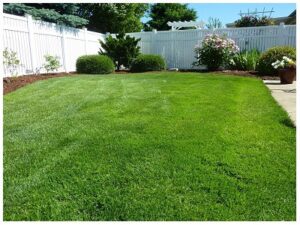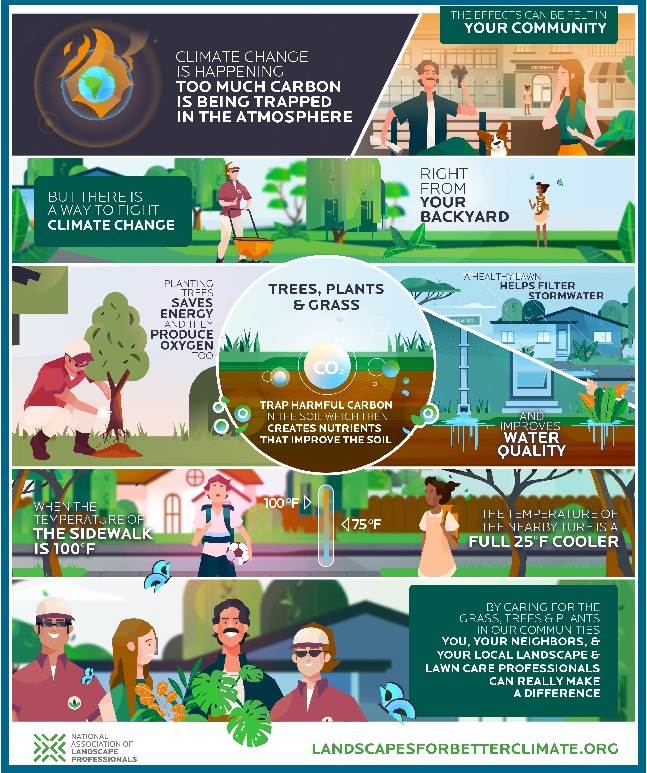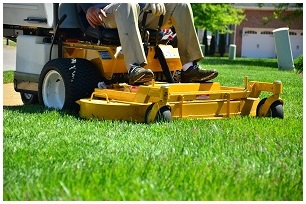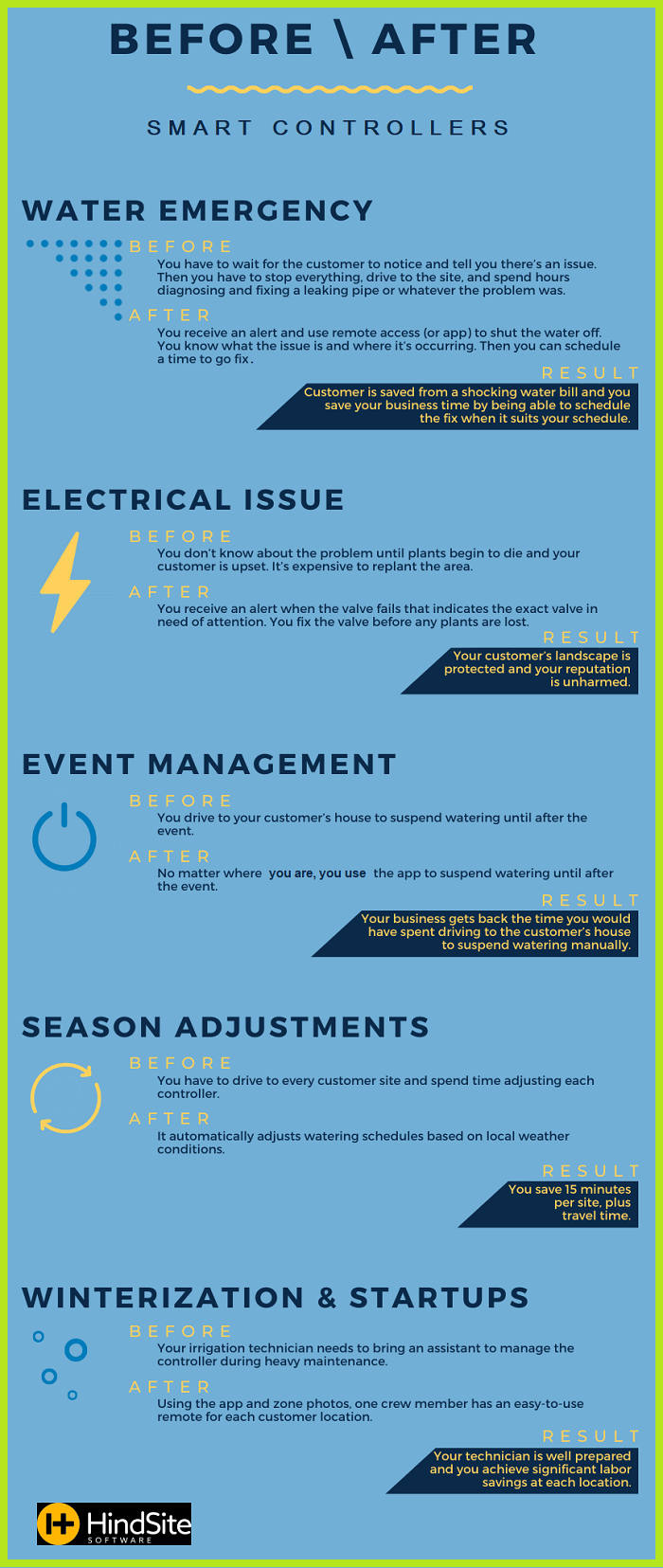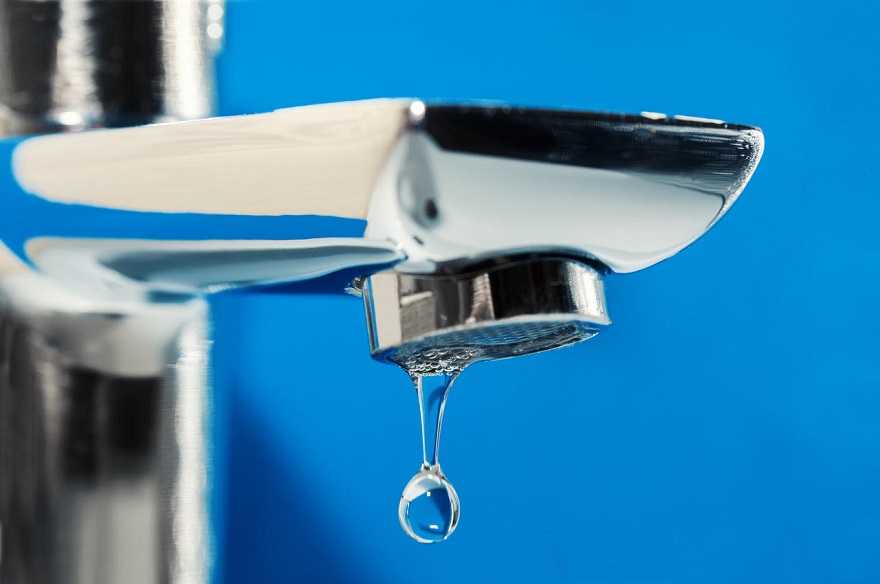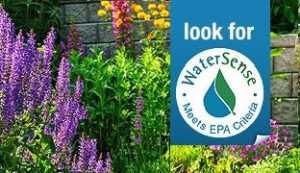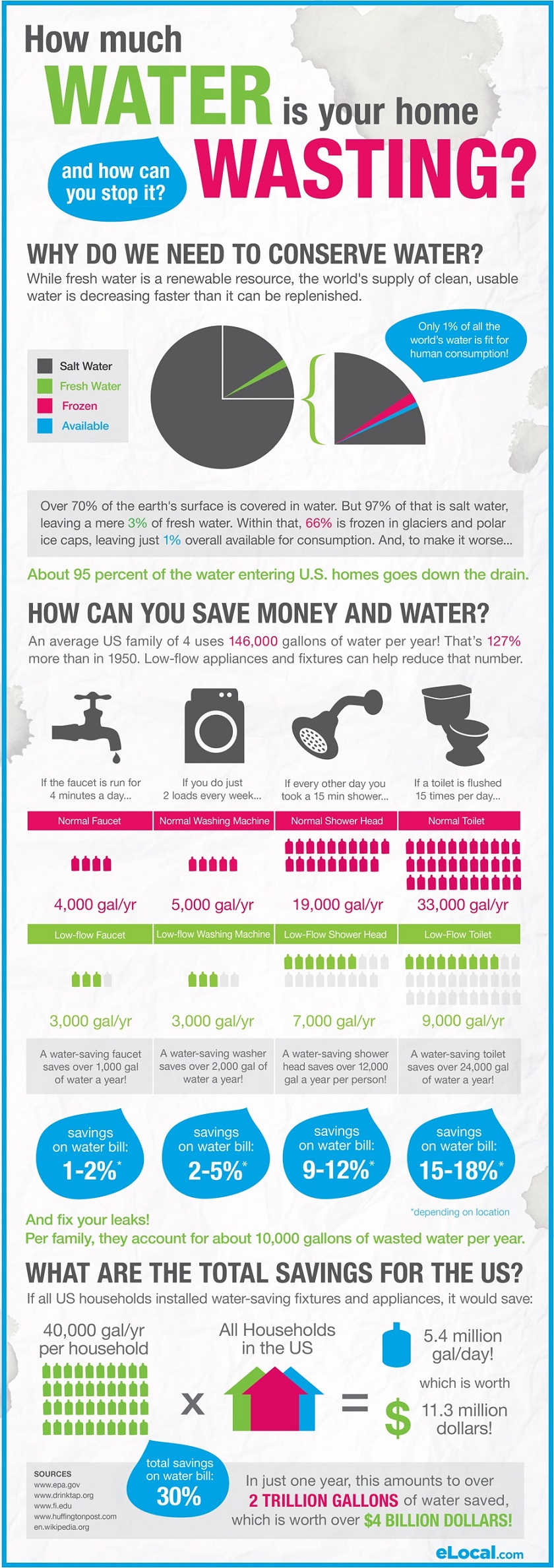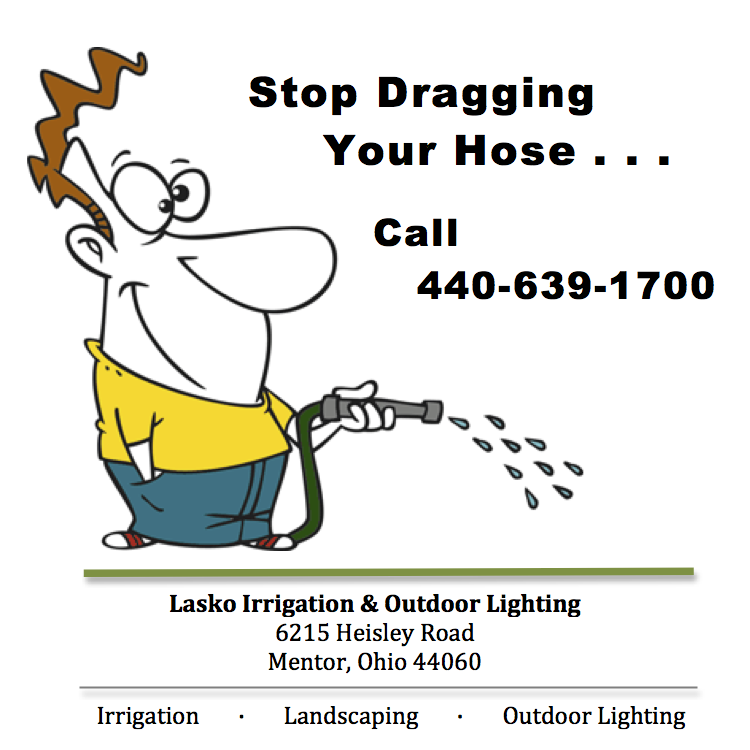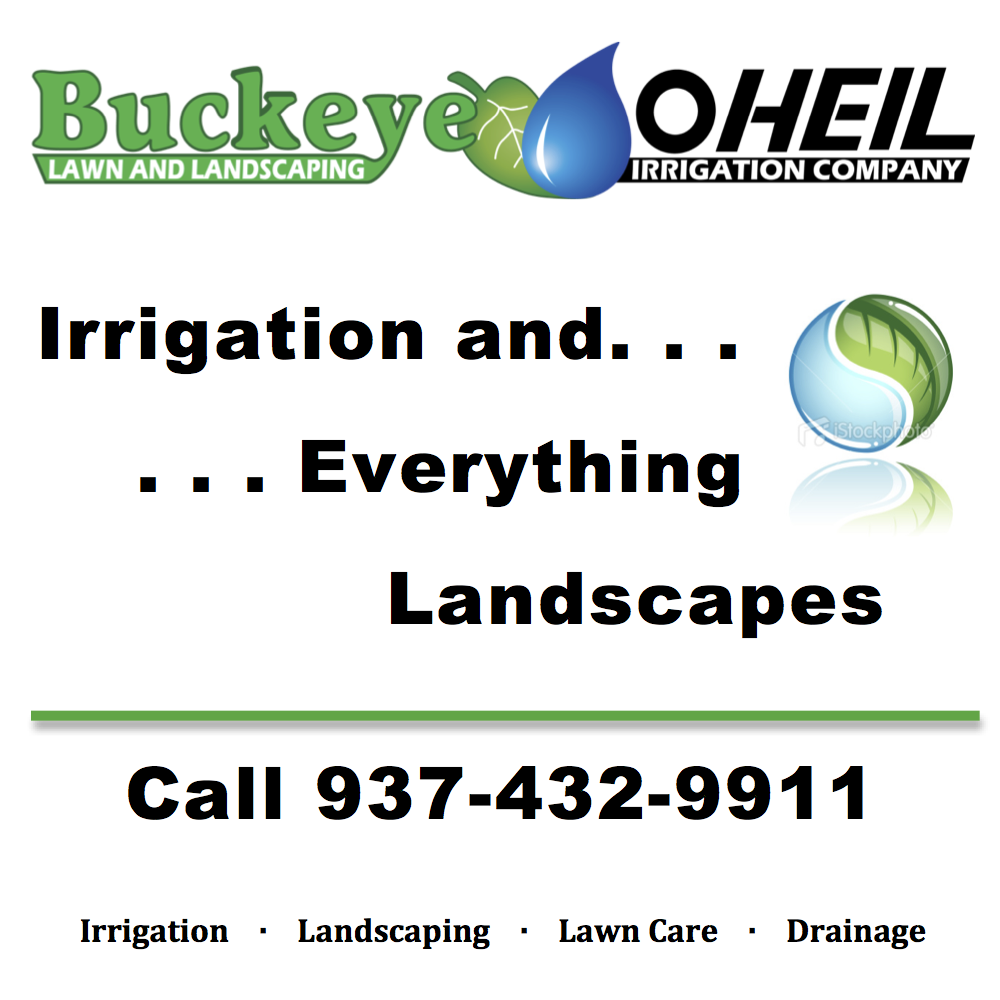
by Tom Barrett | Jul 7, 2021
Save Water by Avoiding These Design and Installation Errors
To err is human. But that doesn’t mean some errors can’t be avoided. Irrigation mistakes often result in wasted water, and that reflects poorly on the industry.
Here are some of the most common missteps that can occur when designing and installing landscape irrigation systems.
#1. Mixing Sprinkler Head Types Within a Single Zone
Installing different types of irrigation heads within the same zone to operate at the same time is not a good idea. The precipitation / application rates of the various emitters used for rotors, sprays, bubblers, and drip systems are entirely different.
For instance, nozzles for rotor heads have a much lower IPH (inches per hour) rate than those for spray heads. So if you install a rotor head in a zone with spray heads, you’ll create a dry spot. Then, you’ll have to run this irrigation zone longer in order to apply enough water to cover the dry area, wasting both water and money.
#2. Setting the Same Running Times for All Zones
It’s important to program the irrigation controller so that the different zone types (rotor, spray, drip, etc.) have different running times. Again, because the precipitation rates differ for the various types of irrigation heads, the operating times should also be different. A zone with 0.20 IPH heads, for instance, will obviously need to run longer than an irrigation zone with 1.60 IPH heads.

Self-Assessment
According to the experts at Irrigation & Green Industry (IGIN) magazine, it’s a good idea for contractors to periodically assess their design and installation techniques in order to avoid irrigation mistakes. IGIN suggests asking yourself three questions:
- Am I meeting — or exceeding – my customers’ expectations?
- Am I doing so in such a way as to maximize my own profits?
- Am I a responsible member of my community and setting a good example for the green industry?
Whenever the answer to any of these questions is “no,” it’s time to stop and reevaluate your methods.
#3. Failing to Achieve Head-to-Head Coverage
Regardless of whether you’re using sprays or rotors, all zones should provide head-to-head coverage. That means the maximum distance between heads/nozzles in each irrigation zone should match the nozzle manufacturer’s maximum throwing distance (10 feet, 15 feet, 25 feet, 35 feet, etc.) for that nozzle at your working pressure.
Do not attempt to increase the distance between heads in order to save on design, installation, operational or maintenance costs.
#4. Failing to Match Precipitation Rates
Some irrigation professionals incorrectly assume that they should use the same gallon per minute (GPM) nozzles in every head within a zone if they want to evenly water that area. Not so. There’s a reason system manufacturers produce so many different GPM nozzles.
By matching precipitation rates of the nozzles, you can save between 10 and 40 percent of the water used in any given zone. For instance, a rotor head that covers 1/3 of a circle should apply approximately 1/3 of the GPM as a rotor head in the same zone which covers a full circle. (For a more detailed explanation, see “Matched Precipitation Rates: Key to Water Efficiency.”)
—Article Continues Below—

#5. Incorporating Planting Beds in the Same Zone as Grassy Areas
Improper zoning is one of the most common irrigation mistakes. Grassy areas should always be irrigated separately from shrub and planting beds. Almost all landscape plants have larger root systems than grass. This means they can exist on half of the amount of water that grass requires. Separate shrub/planting zones should be scheduled to irrigate more deeply but less often as turf zones.
#6. Neglecting to Install or Retrofit Rain Sensors
A rain sensor may be a contractor’s most valuable tool for reducing water waste. (After all, irrigation should always be regarded as a back-up for natural precipitation, not the other way around.)
Since most rain sensors can save between three and 15 percent of a system’s annual operating expenses, they generally pay for themselves in less than one season. In fact, these devices are so effective that, in several areas of the country, they are required on all new irrigation systems.
Sources:
Featured Image: Adobe, License Granted
Sprinkler Warehouse
Irrigation & Green Industry
Lawn & Landscape

by Tom Barrett | Jun 2, 2021
Plan Ahead to Promote Your Business During the Industry’s Showcase Month
July is Smart Irrigation Month — the irrigation industry’s showcase month.
So now’s the time to position your business as a leader in water-saving practices by promoting smart and efficient irrigation.
The Irrigation Association offers a plethora of resources to promote your business during Smart Irrigation Month. If you’ve never taken advantage of these marketing tools, you’re missing out on effective ways to enhance your brand.
Social Media Tools
The IA has created several customizable social media tools to help you promote smart irrigation throughout the month of July. Such as:
 Social media cover photos for your company’s profile page on Twitter, Facebook or LinkedIn.
Social media cover photos for your company’s profile page on Twitter, Facebook or LinkedIn.- Landscape irrigation infographics and snippets for Twitter, Facebook or Instagram.
- Articles on irrigation best practices to include in your company’s monthly blog or newsletter.
- The Smart Irrigation Month logo to include in your company’s July email campaign.
More Tips
But there’s also a host of other ways to use the IA’s smart irrigation resources to market your business as a leader in water efficiency. Here are just a few:
- Demonstrate your support for smart irrigation by using #smartirrigationmonth on all social media on Technology Tuesday, July 6, 2021.
- Add the Smart Irrigation Month logo to your home page, company advertisements, customer presentations, field signs and invoices.
 Submit a press release or letter to the editor of your local newspaper, outlining how your company practices smart irrigation.
Submit a press release or letter to the editor of your local newspaper, outlining how your company practices smart irrigation.- Partner with your local Ohio water provider.
- Ask your local radio station to air a Smart Irrigation Month public service announcement.
- Encourage your sales and marketing staff to participate in Smart Irrigation Month activities sponsored by dealers and distributors.
- Host a live demonstration of water-saving irrigation technologies in the field or at your place of business.
- Feature water-efficient products and services in your company’s displays, ads, promotions and product demos, prominently incorporating the Smart Irrigation Month logo.
- Make smart irrigation the theme of sales calls.
- Distribute awards to customers and/or business partners who promote water-efficient practices.
Sources:
Irrigation Association
Lawn & Landscape
National Association of Landscape Professionals

by Tom Barrett | May 13, 2021
“H20: The Molecule that Made Us” Documents the Human Relationship to Water
An amazing three-part PBS series which first aired in April of 2020 is now available for streaming. “H2O: The Molecule that Made Us” chronicles the human story through our relationship to water.
The three segments dramatically reveal how humankind’s affiliation with this simple molecule underpins every aspect of our existence. Here’s a clip of the series overview:
Note: Full episodes of this series are only available to stream through PBS Passport. (See box, below right.)
Episode 1: Pulse
The first episode explores the ways in which water has become the essential force behind all life.
What Is a PBS Passport?
PBS Passport is a member benefit for PBS donors, providing extended access to an on-demand library of public television programming.
Members who contribute annual gifts of $60 or more are eligible for the Passport benefit.
To learn more, visit the PBS Passport website.
H20 has been at the heart of the human story since the very beginning, and this first segment illustrates why we as a species can no longer take water for granted.
Episode 2: Civilizations
The second episode reveals how our success as a species is intimately connected to our control of water.
However, with the establishment and growth of our various civilizations we have created a dangerous dependence on this precious resource.
Episode 3: Crisis
The final segment of this landmark series explores how Earth’s changing water cycle is reshaping everything. Water is being mined faster than it can be replaced, as the global agricultural industry converts the planet’s precious reserves into profit.
This episode also examines the deep roots that connect water security with various conflicts around the world. If we want to understand why our world is changing, we need only follow the water.
Sources:
Featured Image: Pixabay
PBS

by Tom Barrett | May 5, 2021
How Healthy, Irrigated Landscapes
Keep Our Planet Cool
Climate change is a hot topic (no pun intended) among green industry professionals right now. And it was the theme of this year’s National Lawn Care Month.
To help educate the public about the important role healthy lawns and landscapes play in mitigating the negative effects of climate change, the National Association of Landscape Professionals (NALP) has released a new video.
Check it out:
Caring for the Planet
The easiest way to sequester carbon is through photosynthesis. So the more plants, trees and grass, the more carbon is removed from the air — and the more oxygen is produced. In addition, proper landscaping – with trees that provide both windbreaks and shade — saves energy by keeping homes warm in winter and cool in summer.
According to Britt Wood, NALP CEO, many homeowners are unaware of the positive impact they can have simply by adding plants and trees to their landscape and maintaining a healthy lawn. To this end, smart irrigation systems can be a major component in an overall strategy to protect the planet. Not only does smart irrigation save precious water resources, but it helps ensure that residential landscapes remain strong and healthy, optimizing their carbon-sequestering capabilities.
Homeowner Tips

Carbon-Capturing Lawns
A 2018 study by a University of Wisconsin scientist reveals that lawns may act as a secret weapon against climate change. In an analysis of soil samples Dr. Carly Ziter found that the typical American lawn is more effective at capturing carbon than natural, untouched ecosystems.
She is unsure why this is so, but speculates that it could be due to lawn care practices (e.g., mowing). However, Dr. Ziter emphasized that her study only compared the soil of lawns and natural environments, not the plants that may capture carbon aboveground.
Therefore, the effectiveness of carbon-capturing soil could potentially be offset by the carbon emissions required to maintain the lawns with gas-powered equipment.
Source: The New York Times
You can remind your customers of the important role they play in combatting climate change by offering them a few helpful tips:
 Add more trees and shrubs to sequester carbon, produce oxygen and filter the air.
Add more trees and shrubs to sequester carbon, produce oxygen and filter the air.
 Plant in the right spots to block prevailing winds and provide your home with energy-saving shade.
Plant in the right spots to block prevailing winds and provide your home with energy-saving shade.
 Select plants that are appropriate to your particular climate and location. Incorporate hydrozones in your landscape design to maximize irrigation efficiency.
Select plants that are appropriate to your particular climate and location. Incorporate hydrozones in your landscape design to maximize irrigation efficiency.
 Keep your lawn and plants healthy to capture more carbon and effectively filter storm water. Take advantage of smart irrigation technology – including weather stations with ET controllers, soil-moisture sensors, rain and wind sensors — to ensure optimal health for your residential landscape. Homeowners who are serious about changing their impact on the planet should explore these innovations to reduce water usage, save money, and preserve our precious resources.
Keep your lawn and plants healthy to capture more carbon and effectively filter storm water. Take advantage of smart irrigation technology – including weather stations with ET controllers, soil-moisture sensors, rain and wind sensors — to ensure optimal health for your residential landscape. Homeowners who are serious about changing their impact on the planet should explore these innovations to reduce water usage, save money, and preserve our precious resources.
Switch to Electric
The Electric Power Research Institute claims that replacing half of our gas-powered lawn mowers with electric models would have the same emissions-reducing effect as removing two million vehicles from the road.
So your customers may wish to consider switching to an electric-powered mower. Not only are electric mowers better for the planet, but they also are quieter, easier to maneuver, and less costly to maintain.
However, because they require either a cord or a limited-capacity battery, they work best on flatter, smaller yards (one-half acre or less). Large or challenging terrains with dips and slopes still require gas-powered mowers for optimal results.
But that may change. As consumers continue to demand greener alternatives, electric mower technology will no doubt evolve to include more powerful units with advanced capabilities.
—Article Continues Below—

Landscape contractors, also, are increasingly switching over to all-electric commercial-grade equipment. They find that electric equipment is cheaper to maintain and saves on time and labor, because workers are no longer stopping to refuel. And there’s no learning curve.
In addition, landscapers who’ve made the switch report that their customers have responded very favorably to the quieter motors and environmental benefits that the electric fleets offer.
Want More?
For additional resources regarding healthy landscapes and climate change, visit the NALP website.
Sources:
Featured Image: Pixabay
Irrigation and Green Industry
Cleveland Banner
CNet
Lawn & Landscape

by Tom Barrett | Apr 7, 2021
Irrigation Apps Can Take Your Business
to the Next Level
Installing, inspecting, auditing, adjusting and repairing irrigation systems requires a lot of information processing. Mobile app technology will not only help manage it all, it can streamline your business.
Let’s take a look at a few of these tools, beginning with the most basic:
Smart Controller Apps
There are a myriad of mobile apps for programming, adjusting and testing smart irrigation systems.—one for just about every type of smart controller, in fact. And they’re easy to use.
Simply download the app of your preferred irrigation controller and you can access any system you’ve installed. Receive real-time alerts, flow data and other diagnostic information, so any issues can be resolved right away.

Especially for Landscapers
Are you a landscaper? Here are some of the most popular apps for streamlining both the business and the green side of your landscaping company.
- Harvest Landscape Calculator – Simply enter in the length, width, and depth of the given property, and this app will calculate how much product you need to cover it.
- Landscaper’s Companion – This handy reference guide provides information on thousands of plants, as well as digital images.
- iScape – Let your customers see their new landscape digitally before you ever start digging. Create a design, then move around the various plants, trees, and hardscapes according to their desires.
- Planimeter – This app works with GPS and Google Maps to accurately measure the perimeter, angle, area, and distance of a given environment.
And while each controller’s app is different, most allow you to update a schedule, add or remove watering zones, and monitor the system’s performance, without requiring a visit to the residence.
GIS Mapping
Geographic Information System (GIS) mapping integrates various types of data by analyzing spatial location and organizing it through maps and 3D imagery.
The ArcGIS platform, produced by Esri, is probably the most widely used application for GIS mapping. It’s the preferred tool for 84 federal agencies, as well as countless state and local entities, including the Ohio Department of Natural Resources.
This tool includes a functionality that transports desktop mapping onto the web, allowing irrigation technicians to access all GIS files via their smartphones. ArcGIS integrates with GPS so that infrastructure and system components can be located quickly and easily via turn-by-turn directions.
The result? A better organized team.
System Inspections
The GoCanvas inspection app can analyze the irrigation run schedule to determine if any changes should be made to the controller’s current, calculated and proposed schedules. After each analysis, a summary screen displays inspection results and calculations.
The app also allows you to capture before-and-after photos of repairs, document locations with integrated mapping, and provide details of issues encountered. Your customers will receive clear and concise communications.
Digital or PDF inspection forms and other documents can be stored in the GoCanvas Cloud.
Workflow Customization
Google-owned AppSheet allows users to create a customized app from a spreadsheet Technicians can access GPS, take pictures, and then upload to Google Suite. Workflows are then created by AppSheet using a designated list of jobs and adding photos as needed.
The tool allows you to automate workflows, which can then be emailed or saved as PDF documents. Can also be configured to send automatic alerts to customers.
Freebies!
As you can see, there are a ton of mobile apps available to irrigation professionals. But some of the best won’t cost you a dime. For instance:
Bosch Toolbox: This app lets you measure your jobsite, document (with photos, video, or notes), and export as needed.
—Article Continues Below—

Milwaukee One-Key: Retain better control of your equipment and tools with this inventory and tracking app. Pairs with the TICK tracking device hidden on your equipment.
PlanGrid: Offers real-time access to drawings, punch lists, and other submittals via any mobile device. Eliminates the need for paper plans on site.
QuickBooks Time: No more paper time sheets or punch cards with this cloud-based time tracking and scheduling app.
And don’t forget about all the free weather apps (such as Accuweather, NOAA, and the Weather Channel) for up-to-the-minute forecasts and radar.
Sources:
Featured Image: Adobe, License Granted
Landscape Management
KRain
Landscape Writer

by Tom Barrett | Mar 3, 2021
Fix a Leak Week Runs from
March 15-21, 2021
As an irrigation professional, fighting water waste is part of your job description. The EPA’s annual Fix a Leak Week is a great time for you to remind your customers of that.
Irrigation System Leaks
An irrigation system leak as small as 1/32nd of an inch (about the thickness of a dime) can waste around 6,300 gallons of water per month! So take time this month to remind your customers about the importance of a spring checkup. Residential irrigation systems should be inspected prior to startup to make sure the components haven’t been damaged by frost or freezing weather.

Are You WaterSense Certified?
Have you taken the time to become WaterSense certified? If not, why not?
Certification entitles you to exclusive benefits. Such as:
- Inclusion in the EPA’s online Directory of Certified Professionals.
- Work opportunities for federal facilities, new home projects, and LEED® projects.
- Use of the WaterSense label on business cards and other marketing items.
- Increased exposure to potential customers through national EPA recognition as an environmental steward.
- Access to helpful EPA tools and other resources.
Interested? Click Here.
If you’re WaterSense certified (see sidebar at right), let your customers know that you’ve passed an EPA-recommended program specifically focused on water efficiency. Not only can you help identify and correct any irrigation system leaks, but you can also make sure their system is operating at peak performance.
More than 340 spray sprinkler bodies and almost 800 irrigation controllers have been certified by WaterSense as the most water-efficient products. You’ll want to carry a wide assortment of these products for your customers.
Other Household Leaks
Did you know that repairing a single leaky toilet can save up to 500 gallons of water a day? That’s the amount needed to fill the average backyard swimming pool.
By reminding your customers to check for leaky faucets and showerheads, and malfunctioning toilets, you’ll demonstrate that you’re serious about water efficiency.
Your customers can expect to save about 10 percent on their water bills simply by fixing minor household leaks. Here’s how:
—Article Continues Below—

Pinpointing Leaks
Inform your customers of these simple ways to detect water leaks:
 Take a look at your water usage during January or February. If it’s more than 12,000 gallons per month (for a family of four), you have some serious leaks.
Take a look at your water usage during January or February. If it’s more than 12,000 gallons per month (for a family of four), you have some serious leaks.
 Check your water meter before and after a two-hour period of no water usage. If the meter changes at all, you’ve probably got a leak.
Check your water meter before and after a two-hour period of no water usage. If the meter changes at all, you’ve probably got a leak.
 To identify leaks in a toilet, place one drop of food coloring in the toilet tank. Wait 10 minutes, then check the bowl. If the color shows up, you have a leak.
To identify leaks in a toilet, place one drop of food coloring in the toilet tank. Wait 10 minutes, then check the bowl. If the color shows up, you have a leak.
Some Simple Fixes
 Leaky toilets can often be fixed simply by replacing the flapper.
Leaky toilets can often be fixed simply by replacing the flapper.
 For most faucet leaks, simply replace old or worn faucet washers and gaskets.
For most faucet leaks, simply replace old or worn faucet washers and gaskets.
 Got a leaky showerhead? Use plumber’s tape to secure the connection between the fixture and the pipe stem.
Got a leaky showerhead? Use plumber’s tape to secure the connection between the fixture and the pipe stem.
For more leak fixes, check out the WaterSense website.
Sources:
Featured Image: Adobe, License Granted
EPA
The Washington Post
Water Use It Wisely
Water News Network
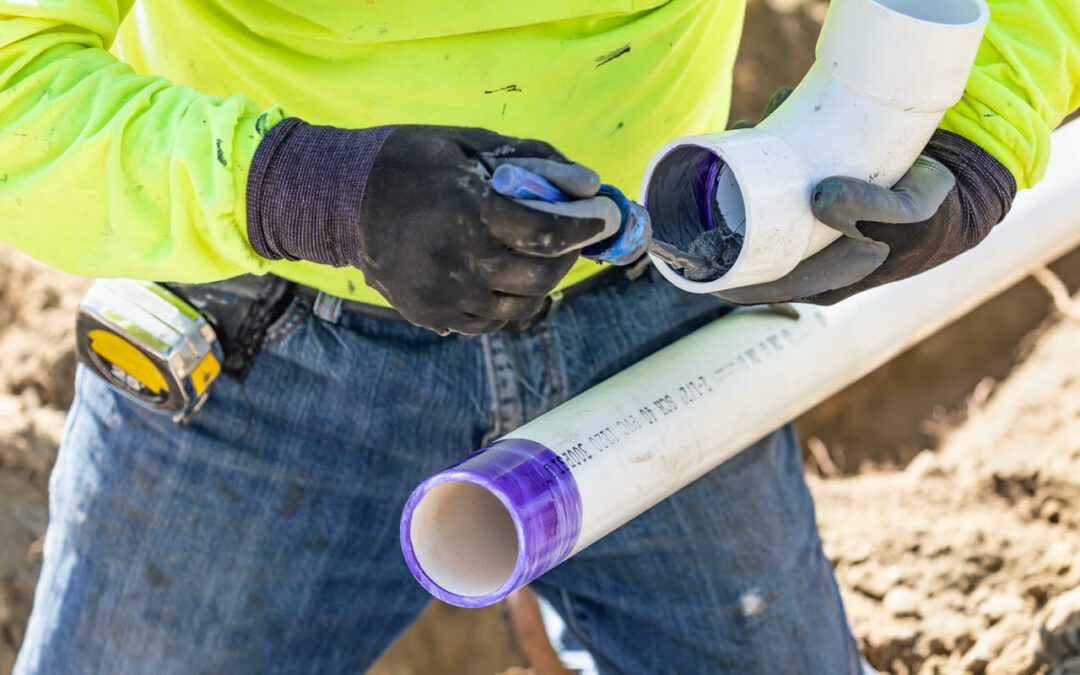

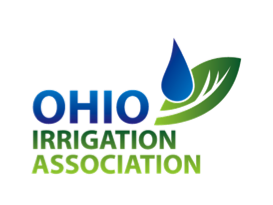

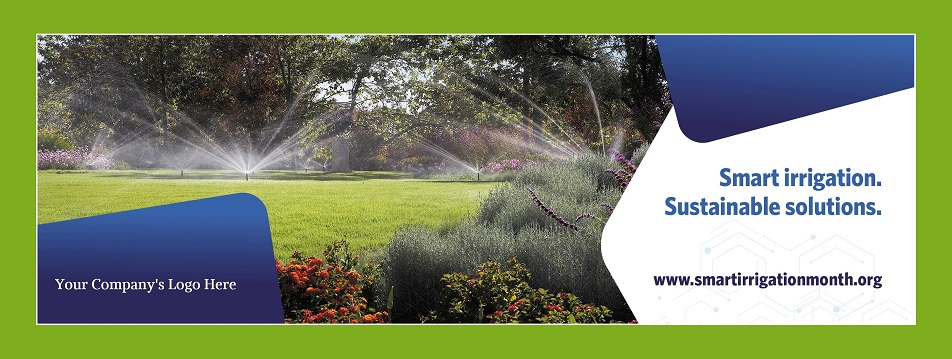
 Social media
Social media 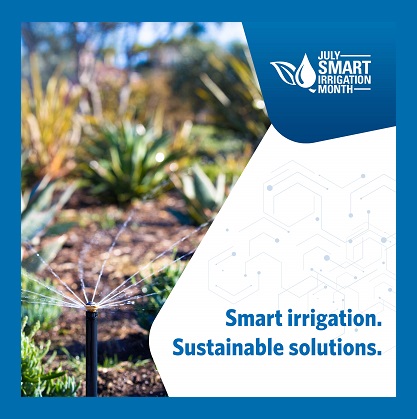 Submit a
Submit a 

